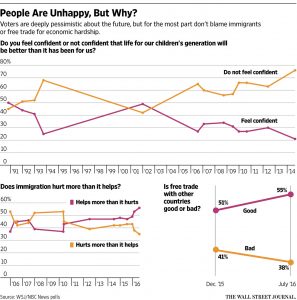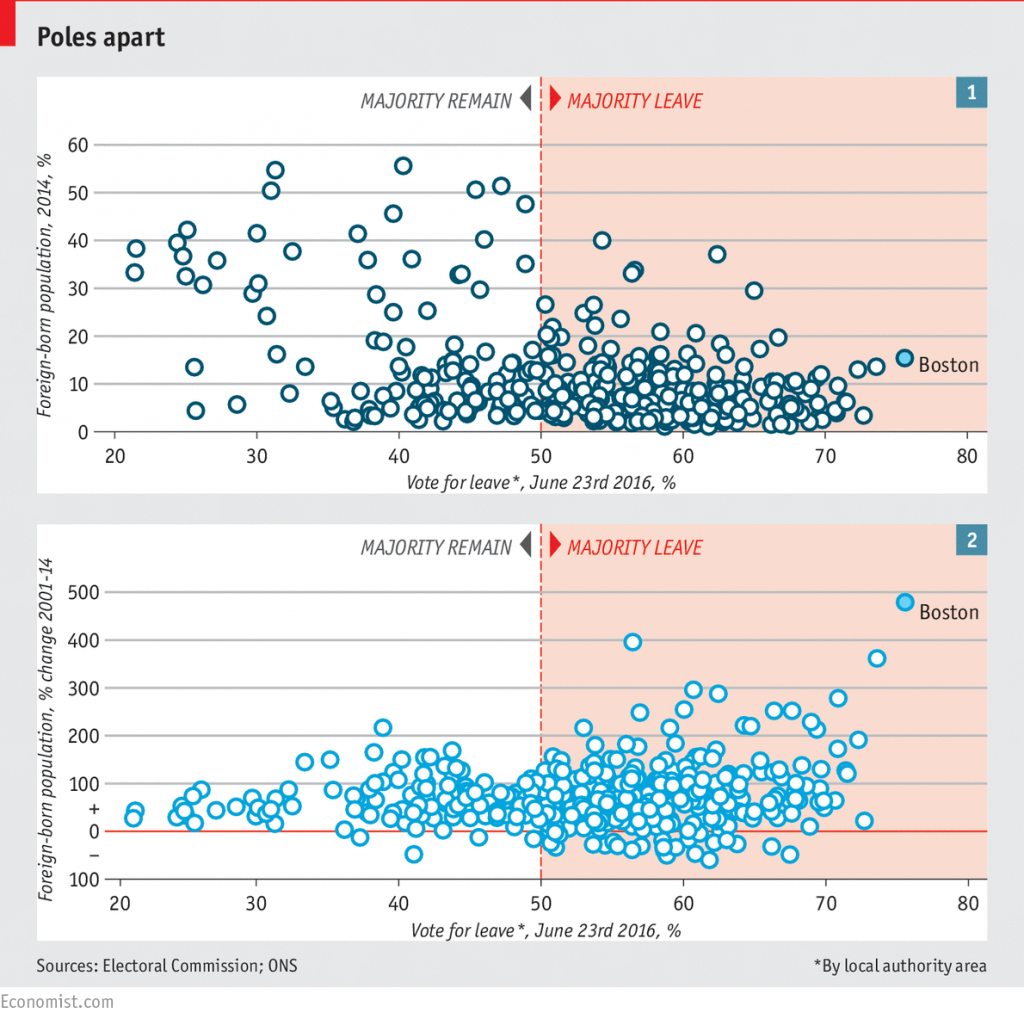Multiple books[ref]For example, see David Aikman’s Jesus in Beijing: How Christianity Is Transforming China and Changing the Global Balance of Power and Rodney Stark and Xiuhua Wang’s A Star in the East: The Rise of Christianity in China.[/ref] over the last decade have focused on the rise of Christianity in China. In the newest edition of First Things, there is an incredible essay by Chinese writer and activist Yu Jie titled “China’s Christian Future.” Jie points out that “in 1949, when the Communist party defeated the Nationalists and founded the People’s Republic of China, Christians in China numbered half a million. Yet almost seventy years later, under the Chinese government’s harsh suppression, that population has reached more than sixty million, according to Fenggang Yang, a sociologist at Purdue University. The number grows by several million each year, a phenomenon some have described as a gushing well or geyser. At this rate, by 2030, Christians in China will exceed 200 million, surpassing the United States and making China the country with the largest Christian population in the world.” Jie names two major events that led to this rise: “the Cultural Revolution launched by Mao Zedong in 1966 and the Tiananmen Square massacre instigated by Deng Xiaoping in 1989. Countless innocent lives were lost as a result of these two cataclysms, and the people’s belief in Marxism-Leninism and Maoism was destroyed. These events opened up a great spiritual void, and the Chinese began searching for a new faith.”
Following the 1989 massacre, “Deng Xiaoping thought the key to keeping the regime in power was to make a select few wealthy. He made their economic dream of getting rich come true while sacrificing the political dream of many to live in a free society. Like a drug, however, money’s hold on people could only last so long. Man cannot live on bread alone. Beyond his material needs lie spiritual ones as well. Government leaders sensed a crisis, too. They started rummaging through the Confucianism and Buddhism they had tossed out, hoping to reclaim the former moral authority of these traditions for the party.”
But this supposed renewal of Confucianism isn’t what it seems:
Today…party officials clutch at Confucius like a drowning man clutches at straws. Without ever having apologized for what they did to destroy Confucianism, they now set up so-called Confucius Institutes around the world, no expense spared, to foster their agenda. The institutes offer financial assistance to scholars of China in the West, inviting them on luxury tours of the country in exchange for favorable reviews of the Chinese government. By the same token, they blacklist those critical of the administration and send their names to Chinese embassies around the world, which in turn deny them visas. The Confucius Institutes are political tools for maintaining power, not genuine sources for cultural renewal. Had the Communists not dug up his grave, Confucius would be spinning in it.
The growth of Christianity has made the Chinese president see it as “a threat: It is the largest force in China outside the Communist party. In China, home churches outnumber government-sponsored churches three to one. Against home churches that refuse to cooperate, the government has waged a large-scale cleansing campaign in the eastern coastal province of Zhejiang, particularly in the city of Wenzhou, known as “China’s Jerusalem,” where 15 percent of the population is Christian. In two years, more than two hundred churches in Zhejiang have been demolished, over two thousand crosses removed. The scene of the cross being removed from a church in Ya village, Huzhou city, on August 7, 2015, was typical.”
Yet, the transforming power of the Christian gospel is nonetheless continuing to spread throughout China. It has changed the lives of both the essay’s author and millions of others throughout his native country. Check out the rest of this powerful story in the full article.







 Calestous Juma, Professor of the Practice of International Development at Harvard’s Kennedy School of Government, has a
Calestous Juma, Professor of the Practice of International Development at Harvard’s Kennedy School of Government, has a 

